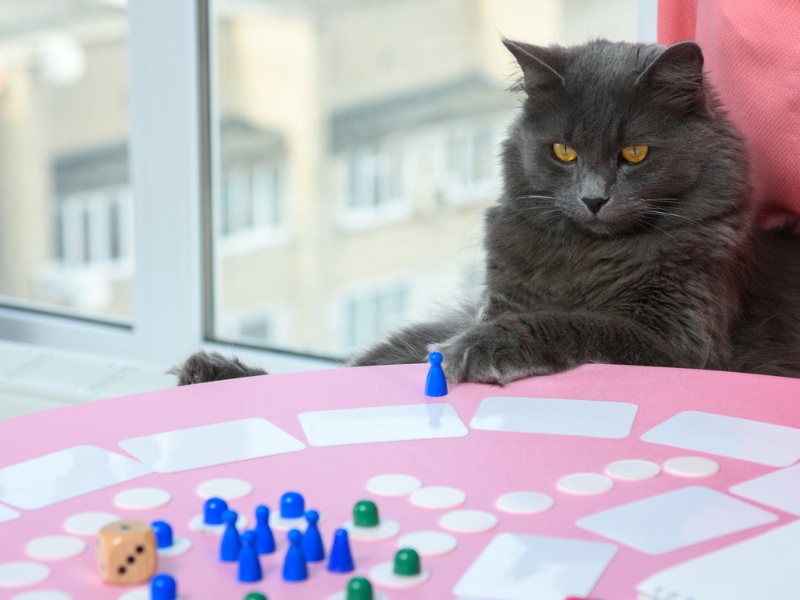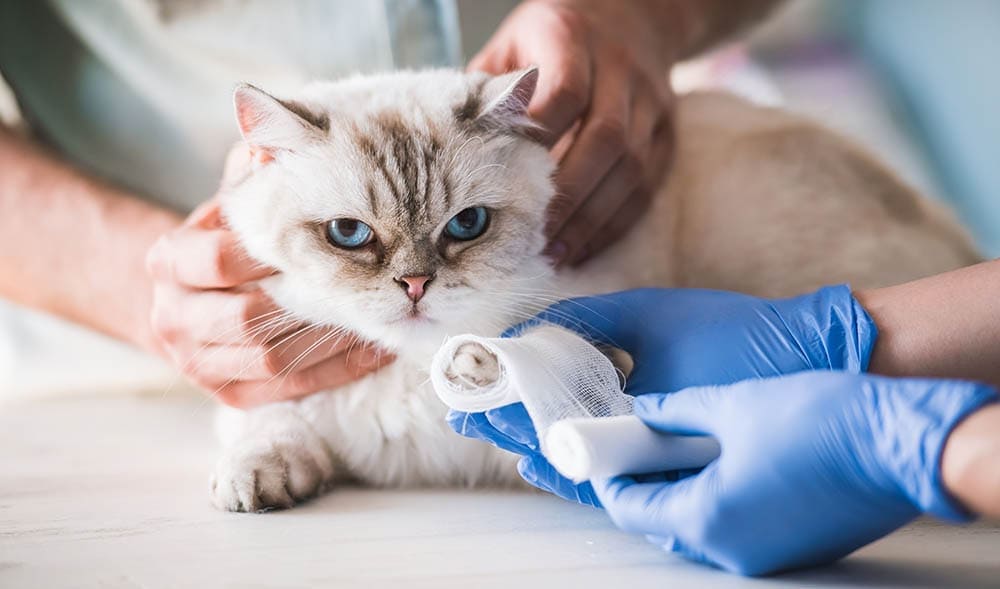How Long Do British Shorthair Cats Live? Average Lifespan, Data & Care
By Ed Malaker
Updated on
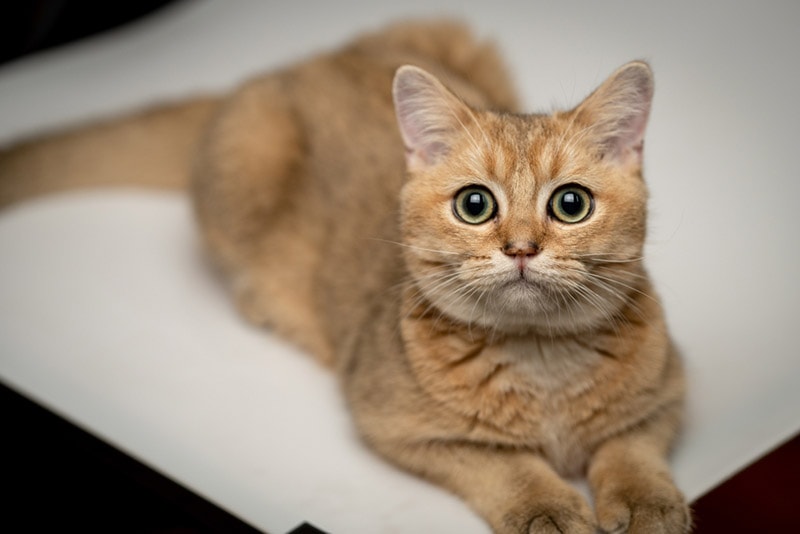
Click to Skip Ahead
British Shorthair cats have stocky bodies, thick coats, and broad faces and make wonderful pets. They also often have bright yellow or orange eyes. However, one thing that many people wonder about before choosing a new pet is how long they live.
Fortunately, British Shorthairs often have a long lifespan that can exceed 15 years, but keep reading as we discuss several factors that can affect a cat’s lifespan so you can be better informed.
British Shorthair Average Lifespan
The average lifespan of a British Shorthair cat is usually 12–20 years. However, it’s important to know that an individual cat’s lifespan can vary significantly, with some having lifespans longer or shorter than average. Many factors can affect a cat’s lifespan, including diet, environment, and genetics, so it’s a good idea to take regular trips to the vet to learn about any problems early.
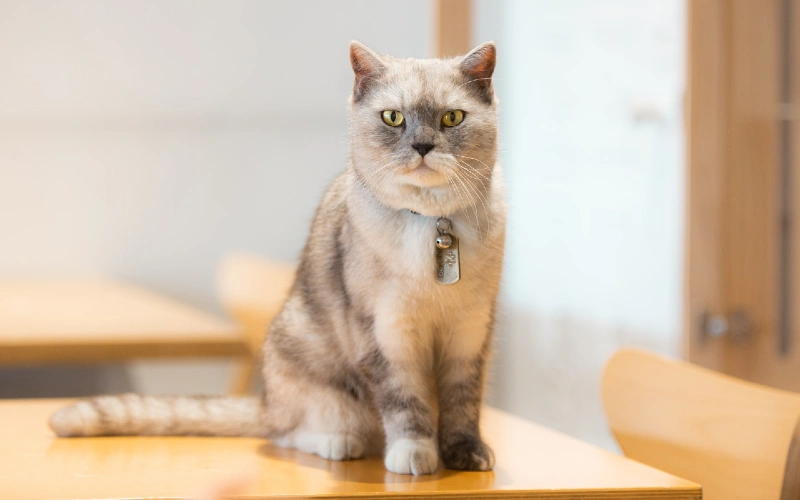
Why Do Some British Shorthairs Live Longer Than Others?
1. Feeding & Diet
A good diet is one of the best ways to help your cat live longer. Choose a high-quality brand with real meat like chicken or turkey listed as the first ingredient. You also want to choose a food that’s appropriate for your cat’s age and health, as seniors and kittens have different nutritional needs. Follow the instructions on the package carefully so you don’t overfeed your cat and provide plenty of fresh water to keep them hydrated.
Fountains often work best because they keep the water moving, which attracts cats and makes the water easier to see.
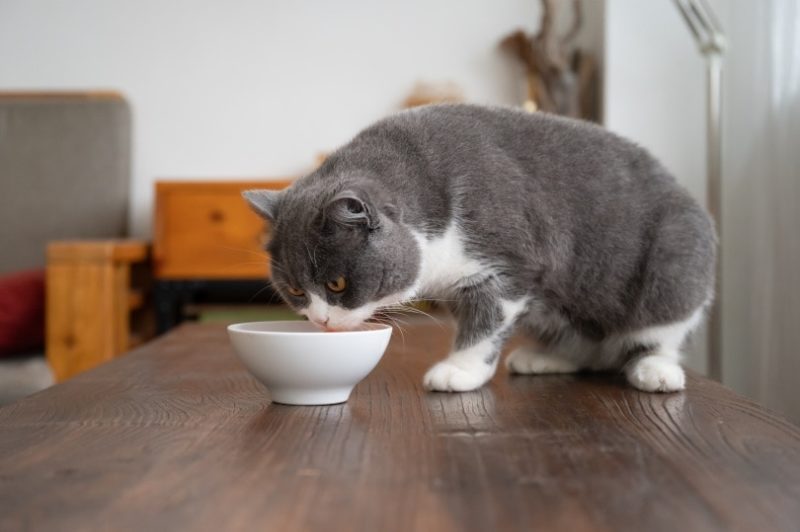
2. Environment
British Shorthair cats are best suited for indoor living, being protected from dangers like traffic, predators, diseases, and harsh weather conditions. Ensure that your cat’s indoor environment is safe, comfortable, and stimulating. There should be plenty of room for them to move around, stretch, and play.
Have at least one litter box for each cat, various toys, and plenty of hiding places that they can use if they feel anxious.
3. Care
Engage your British Shorthair in play and exercise to stimulate them physically and mentally. Interactive toys, like puzzle food dispensers and laser lights, can help prevent boredom that sometimes leads to misbehaving and will also help them stay fit and burn calories, preventing obesity, which is a big problem with pet cats and can dramatically shorten their lifespan by leading to several health problems, including diabetes, heart disease, etc.
4. Cleaning
British Shorthair cats have dense coats that require regular grooming. Brush your cat at least once weekly to prevent matting and reduce shedding. Pay special attention during the seasonal shedding periods in the spring and fall, and brush them more often during these times to help keep fur off the furniture.
Change their bedding and vacuum regularly to remove built-up fur and reduce odor. You will also need to clean the litter box daily to remove waste.

5. Pairing/Breeding
Breeding cats, including the British Shorthair breed, requires careful consideration, knowledge, and dedication. Familiarize yourself with the breed standards set by cat breed registries, such as The International Cat Association or the Cat Fanciers’ Association, and ensure that your breeding cats are in excellent health with regular veterinary check-ups and screenings for genetic and hereditary conditions that may affect the breed.
Choose breeding cats with well-documented pedigrees and registration papers from reputable breeders, and be committed to ethical breeding practices. It’s also important to get familiar with any local, state, or national laws and regulations related to cat breeding, including licensing and animal welfare standards.
6. Healthcare
Schedule routine check-ups with a veterinarian to monitor your cat’s overall health and ensure that they receive the vaccinations and preventive care that they need to stay healthy and legal. Flea-and-tick medications can help keep the insects out of your home while preventing the spread of diseases like Lyme disease and heartworm.
Spaying or neutering is also essential to prevent unwanted litters and certain health issues that might occur later in life. Microchipping your cat can help make it easier to find them if they get lost.
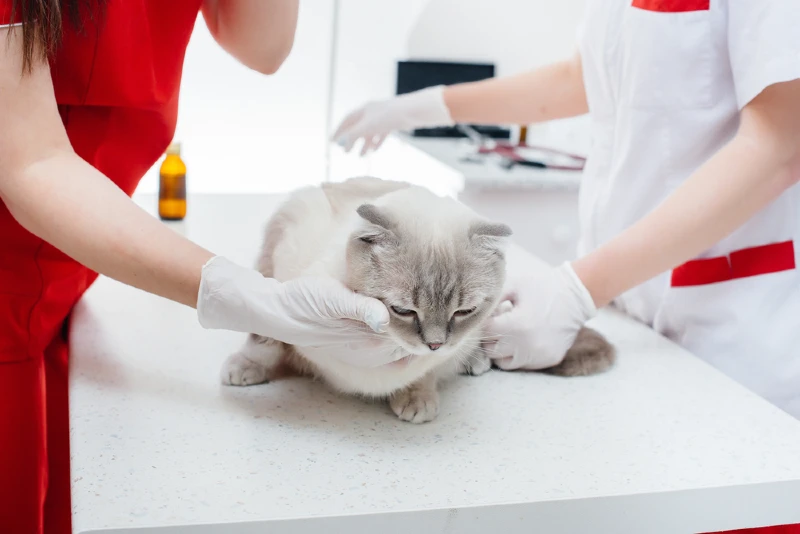
The Life Stages of a British Shorthair
Kitten
- 0–6 months
Kitten British Shorthairs are born blind and deaf, relying on their mother for nourishment and care. Their eyes open around 2 weeks of age, and they start exploring their surroundings. During this phase, they learn important social and play behaviors from their littermates. Proper nutrition and socialization are crucial during this part of their lives.
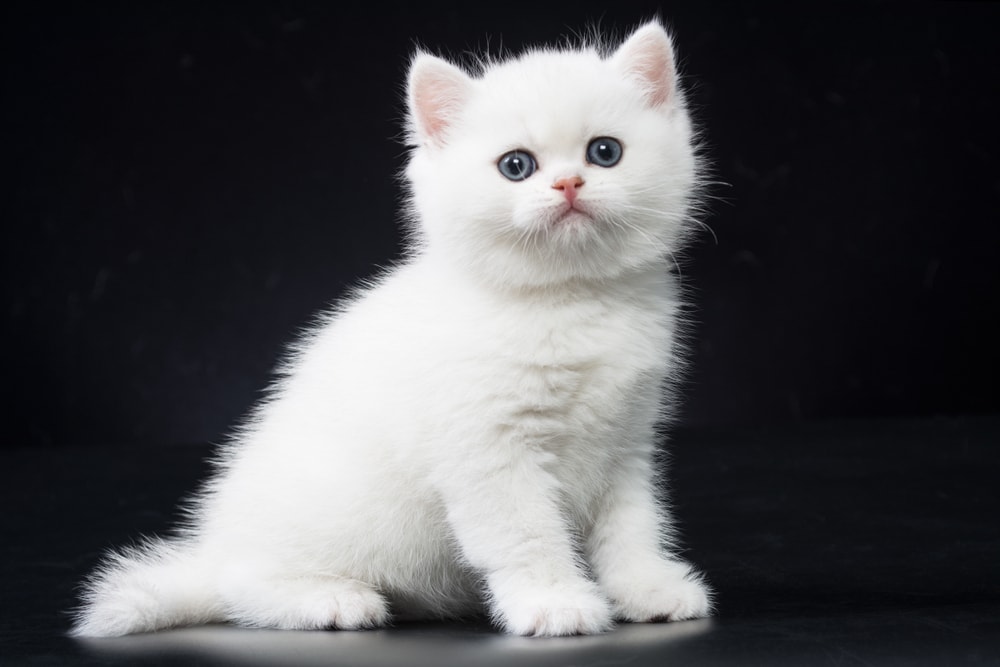
Juvenile
- 6–24 months
When your British Shorthair is a juvenile, they will experience rapid physical and emotional development. Their playfulness and energy levels are high during this time, and they require ample social interaction and playtime. They may be spayed or neutered around 6 months of age, and performing the procedure early is usually less expensive.
Adulthood
- 2–10 years
British Shorthair cats typically reach full physical maturity between 2 and 4 years of age. During this phase, they maintain their adult size and weight and are generally less active than kittens but still enjoy play and interaction.
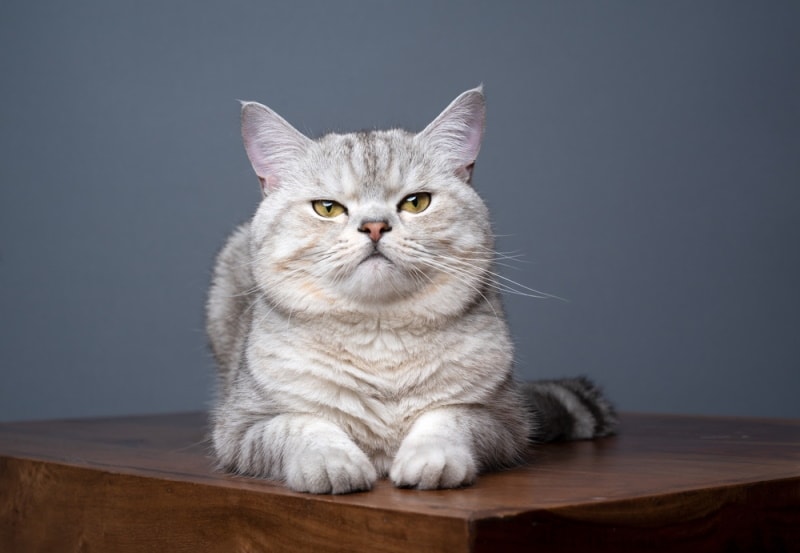
Middle Age
- 10–15 years
Around 10 years of age, British Shorthairs are considered middle-aged and may start to show signs of aging, such as reduced activity levels, weight gain, and changes in coat texture. Regular veterinary check-ups become even more critical during this stage to monitor for age-related health issues.
Senior
- 15+ years
British Shorthair cats may experience more pronounced signs of aging in their senior years, such as arthritis, decreased mobility, and potential health problems. Specialized senior cat diets and regular vet visits are essential for their well-being during this stage.
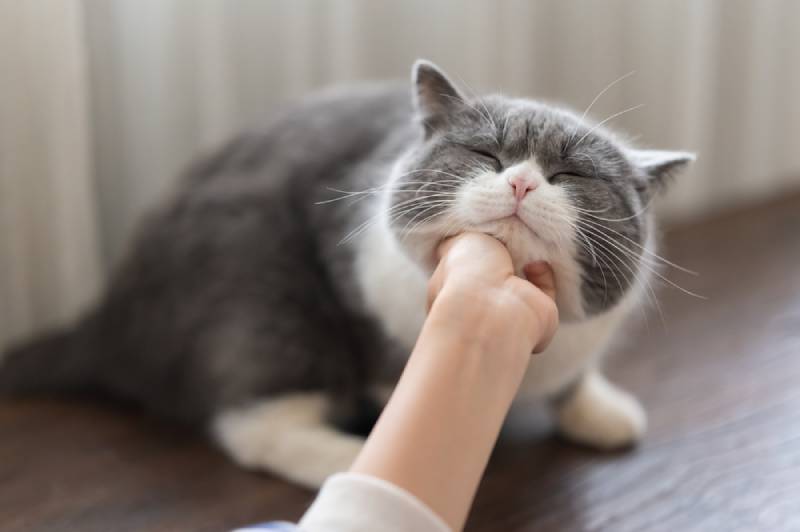
How to Tell Your British Shorthair’s Age
It can be challenging to determine a British Shorthair’s age by looking at them, but a few physical cues can help. For instance, a kitten’s teeth will be sharp and clean, while older cats may have tartar buildup and other signs of age. Kittens’ eyes usually turn from blue to their adult color by 12 months, and younger cats tend to have more energy.
Older cats tend to be sedentary and can have gray or dull fur. Older cats also tend to weigh more, though senior cats can experience weight and muscle loss.
Conclusion
The British Shorthair is a wonderful cat that is instantly recognizable and makes a great pet. They are healthy with a long lifespan that can often reach 20 years. An indoor life, where they eat a healthy diet and get plenty of exercise, will help them stay happy and maintain an ideal weight, reducing the risk of certain health issues, such as diabetes, which means they will likely live longer.
Regular trips to the vet will help you learn about any problems early, which can also help extend their life.
Related Reads
- Calico British Shorthair Cat: Facts, Origin & History (With Pictures)
- Chocolate British Shorthair: Facts, Pictures, Origin & History
Featured Image Credit: Carry Wu, Shutterstock

